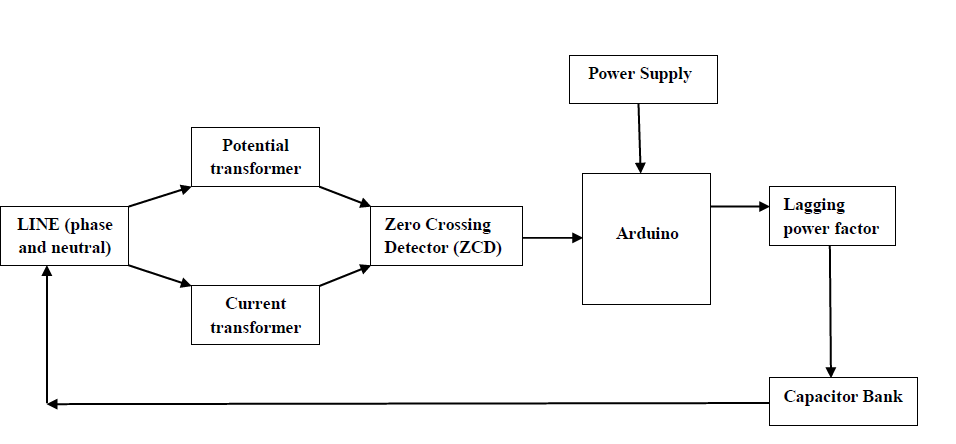Automatic Optimization And Control Of Power Factor, Reactive Power And Reduction Of Thd For Linear An Nonlinear Load By Using Arduino Uno
Abstract
Aim of this project is to discuss about power quality of the AC system, which has become a great concern due to the rapidly increased use of inductive loads, electronic equipment (Linear and Nonlinear load). We are wasting a part of the electrical energy everyday due to the lagging power factor in the inductive loads which is used in the system. Hence, there is an urgent need to avoid this wastage of energy, lower power factor and reactive power results in poor reliability, safety problems and high energy cost. The power factor of power system is continuously changing due to differences in the size and number of the equipment being used at a time. This makes it challenging to balance the inductive and capacitive loads continuously. Many control methods for the Power Factor Correction (PFC) were proposed. This paper presents a computationally accurate technique to design and development of a single phase as well as three phase power factor correction, reactive power and THD compensation using Arduino Uno micro-controlling chip. The hardware implementation is developed by using Arduino Uno board
NOTE: Without the concern of our team, please don't submit to the college. This Abstract varies based on student requirements.
Block Diagram

Specifications
Hardware Requirements
- Power supply,
- Arduino,
- Potential transformer (step down),
- Current transformer,
- Zero crossing Detector,
- Capacitor Bank
- Arduino IDE
- Embedded C
Learning Outcomes
- Arduino pin diagram and architecture
- How to install Arduino IDE software
- Setting up and installation procedure for Arduino
- Introduction to Arduino IDE
- Basic coding in Arduino IDE
- Working of Current Transformer
- Working of Potential Transformer
- Working of power supply
- About Project Development Life Cycle:
- Planning and Requirement Gathering (software’s, Tools, Hardware components, etc.,)
- Schematic preparation
- Code development and debugging
- Hardware development and debugging
- Development of the Project and Output testing
- Practical exposure to:
- Hardware and software tools.
- Solution providing for real time problems.
- Working with team/ individual.
- Work on Creative ideas.
- Project development
Skills
- Problem analyzing skills
- Problem solving skills
- Creativity and imaginary skills
- Programming skills
- Deployment
- Testing skills
- Debugging skills
- Project presentation skills





 Paper Publishing
Paper Publishing
